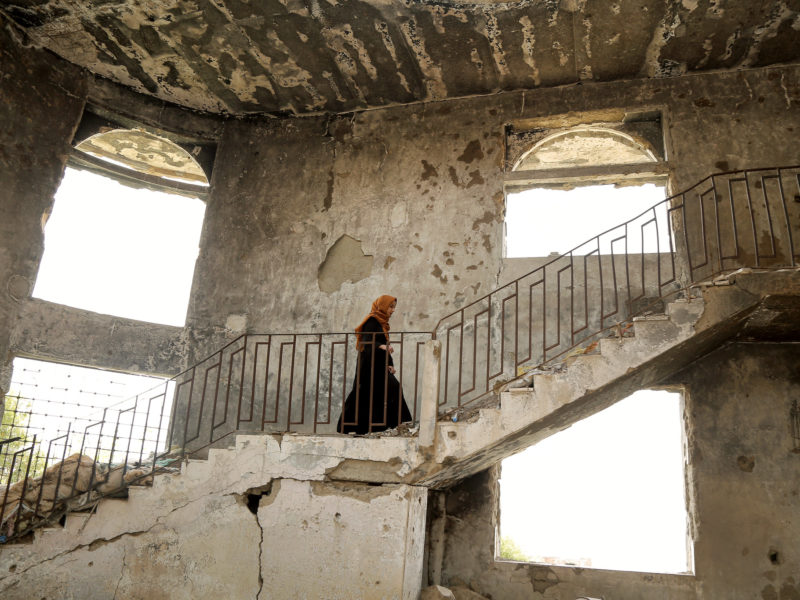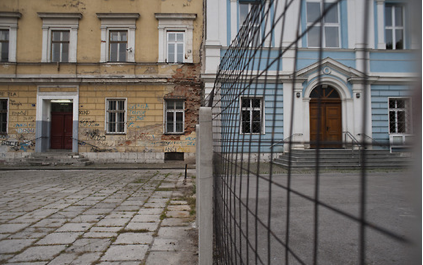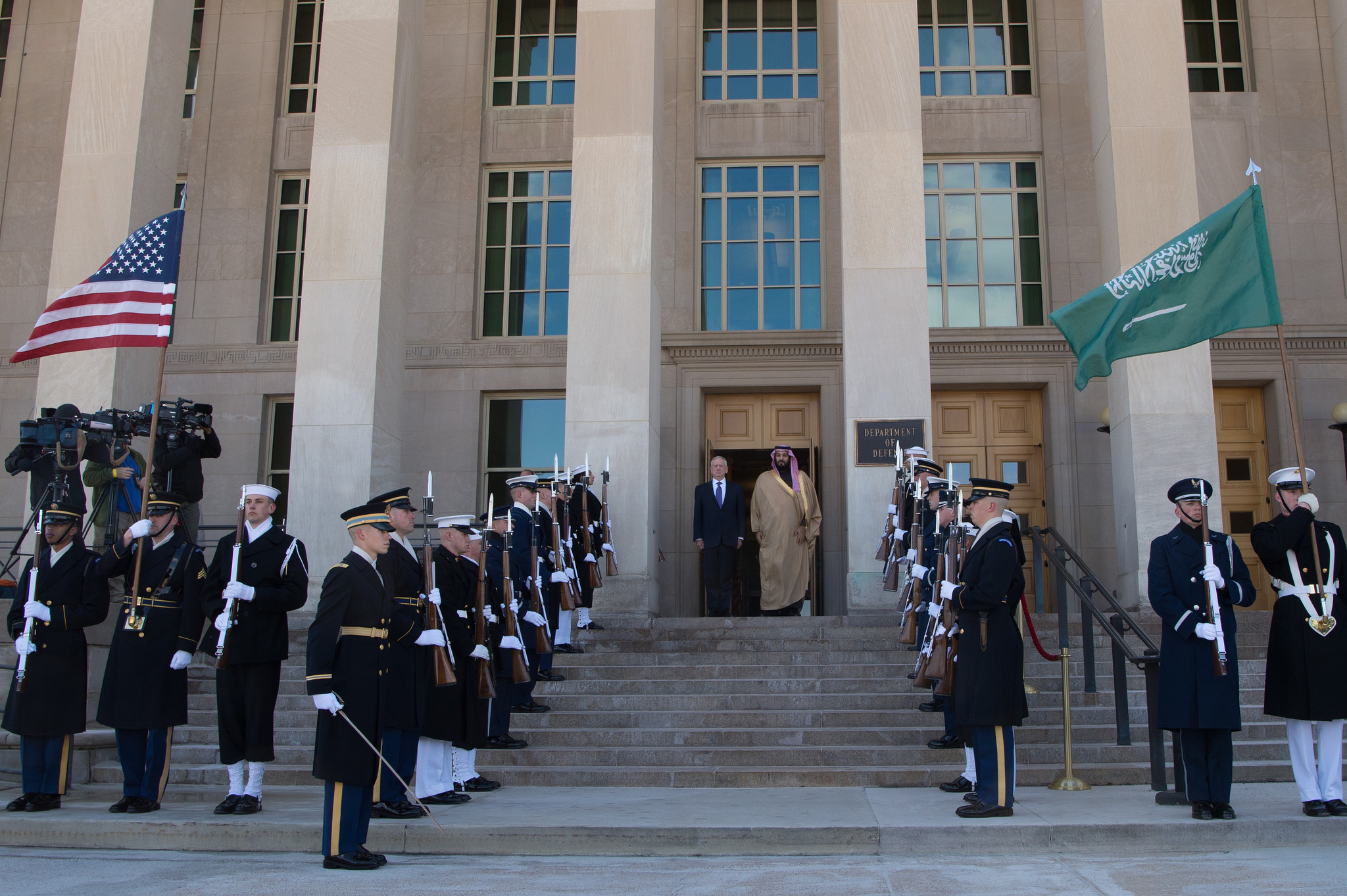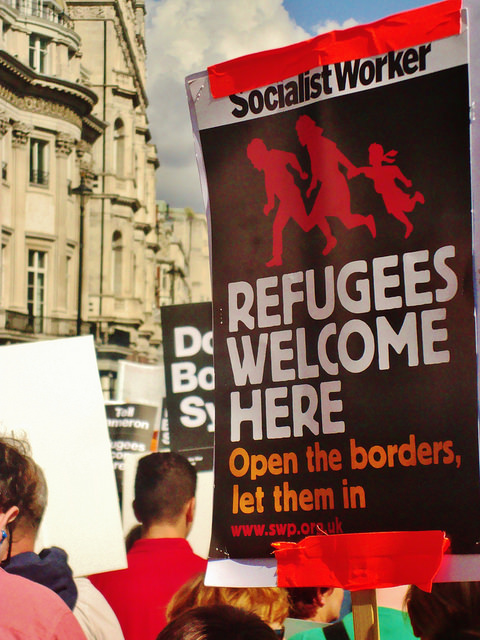Guest post by Rebecca Best and Elizabeth Brannon
After Aisha Gdour took part in the 2011 uprising that ousted Muammar Qaddafi, she told the New York Times after the Libyan dictator’s fall, “Maybe I can be the new president or the mayor.” Many more women had also taken risks to protest the regime publicly, hoping the uprising would lead to expanded opportunities for women. But when the regime fell, the Transitional National Council counted just two women among its 150 members. Women’s groups like Together We Build It took to the streets in response to demand greater roles and eventually, in 2020, Libyan women gained representation in the peace process.
Calls for women’s inclusion in peace processes are increasing. Around the world, women are lobbying for greater representation in peace processes with support from human rights advocacy groups. But which women actually get a seat at the table—and does it matter?
It’s been more than two decades since UN Security Council Resolution 1325 called for expanding women’s roles in conflict resolution and governance. Though women continue to be excluded from or marginalized in peace talks around the world, their presence is slowly increasing. And this has major consequences. The inclusion of women makes durable peace more likely and is critical for ensuring that peace agreements address issues of significance to women. But discussions of women’s effect on peace processes often overlook diversity among women as well as differences in qualifications, instead emphasizing the number of women included. This approach assumes that gender takes precedence over differences of class, religion, race, or ethnicity—a hefty assumption for societies recovering from civil conflict.
How are peace process participants chosen? In our research, we found that participants in peace processes are generally selected based on four things: (1) reliability—that is, connections to party leadership, including through marriage or other family relationships, that make it likely the participant will toe the party line, (2) education or professional qualifications, including professional success within the party, (3) personal appeal, and (4) whether they represent a third-party, such as a civil society group, that has negotiated a seat for itself at the table. Though these criteria apply, in principle, to the selection of both women and men, they are rarely applied evenly across genders. Preconceived notions about gender roles and gendered differences in access to education, career advancement, and power, mean that some criteria matter more than others for women. For example, women may have a higher bar to clear compared to men for selection based on qualifications, but may also have less ability to develop the expected qualifications if their access to high-level government positions, education, or military service is restricted.
Where women’s perspectives are less valued or viewed as a threat to the status quo, leaders are more likely to restrict women’s involvement and include only those they consider reliable and loyal supporters. For example, the majority of the women selected to represent the National Democratic Front of the Philippines (NDFP) in 2011 negotiations with the government of the Philippines were wives of NDFP leaders. In other cases, leaders will choose women who have “personal appeal”—a sympathetic background, for example (perhaps someone who lost her family to an attack from the adversary), or a young, moderately attractive woman whose presence “humanizes” the party.
When women are selected for their reliability or personal appeal, the effects of their inclusion on women’s rights and the durability of peace often fall short. In cases like this, negotiating parties may include women simply to signal that they are inclusive without having to risk meaningful changes to the agenda. The women who do get a seat at the table may have little influence on the peace process or on post-conflict life and may serve only to legitimize an agreement that hurts more vulnerable women. Notably, the peace process between the NDFP and the government of the Philippines stalled after 2011, in part because the women at the negotiating table did not represent diverse viewpoints and were viewed as lacking legitimacy by the public.
In contrast, when women are chosen based on their qualifications or because they represent third-party organizations like women’s groups, their experiences and perspectives are likely to be more varied and representative of the broader population and historically excluded groups. These women are also more likely to be prepared to advocate for their interests—not only as women, but as members of other marginalized groups—and to have greater legitimacy as participants and stakeholders.
For example, data from our Women in the Havana Peace Process (WHPP) dataset indicate that the women included in the 2012–2016 negotiations that brought an end to the decades-long conflict between the FARC and the Colombian government were highly qualified and influential within the peace process.
Many of those selected to represent the FARC were young women who served disproportionately in communications roles regardless of their backgrounds. While they may have been selected in part to appeal to the public as ordinary Colombian women, they were also rebel fighters in their own right, and successfully used social media to expand the conversation around gender. While the ultimate agreement has not brought full gender equality to Colombia, the efforts of these women contributed to an agreement that included historic gender provisions and addressed concerns of otherwise excluded populations.
Peace delegations have a variety of motives for making room for women at the negotiating table beyond their potential impact on peace. Where women are added as lip service to demands for inclusion, but afforded little autonomy or authority, we should not expect to see the benefits commonly associated with women’s inclusion in peace processes. An “add women and stir” approach is insufficient to create real, long-lasting inclusion.
Rebecca Best is an associate professor in the Department of Political Science at the University of Missouri, Kansas City. Elizabeth Brannon is a post-doctoral fellow with the Sié Center for Diplomacy and International Security at the University of Denver.






